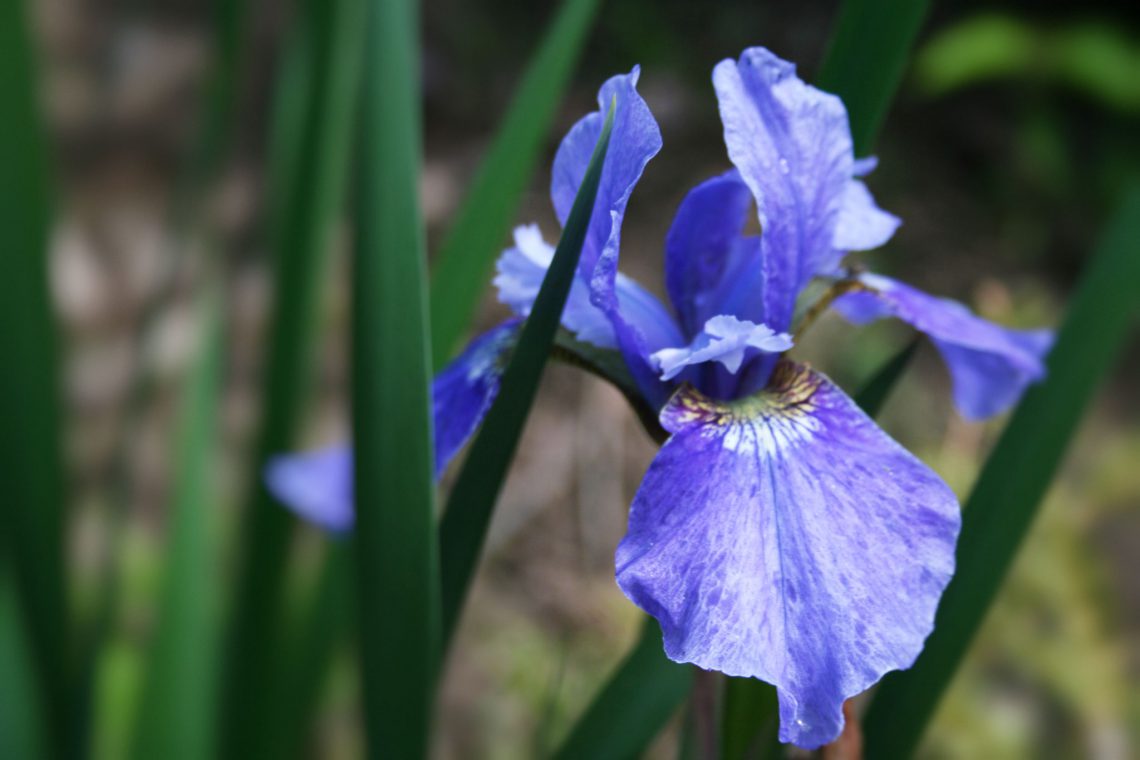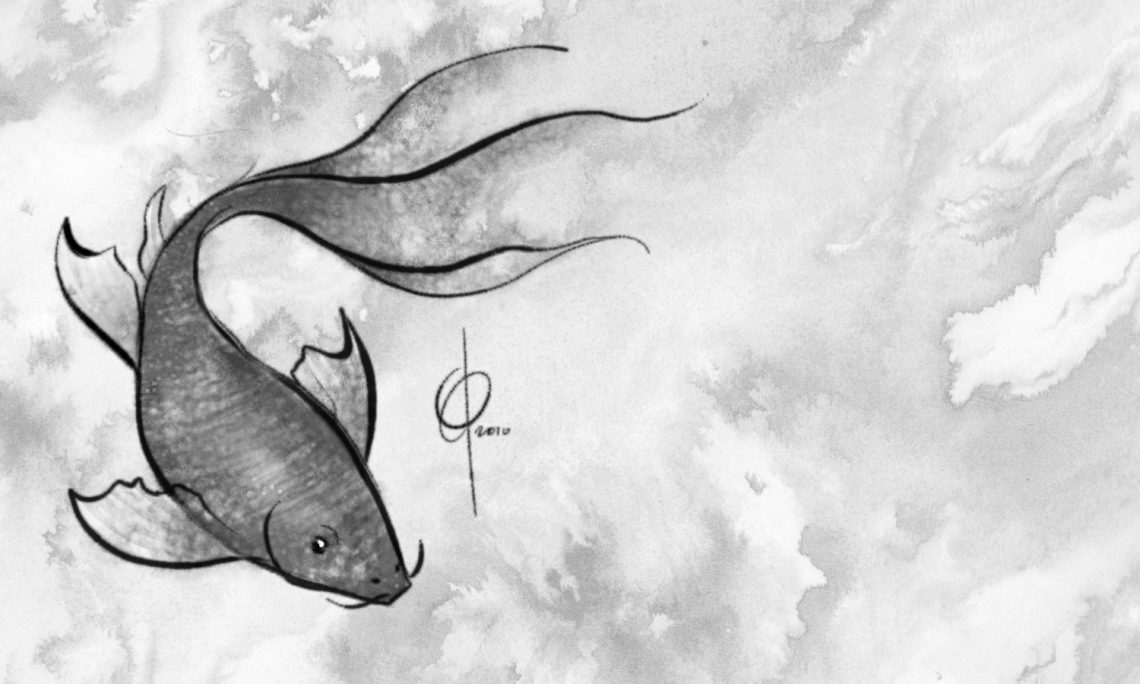2010
Despite the misinformation floating around out there, the openness of the Flash Platform and the open source Flex SDK make it possible to create Flash and AIR applications without touching a single authoring tool created by Adobe. It also makes it possible for other tools and projects to be used in conjunction with the Adobe-produced tools. You’re in control of your preferred toolset, and it’s a beautiful thing.
One application that is part of my toolset is FlashDevelop. It is an open source development environment for Flash Platform content. It includes features for both ActionScript (2 & 3) development as well as Flex (3 & 4) development for both Flash Player and AIR and is on par with Flash Builder in several areas and surpasses it (in my opinion) in other areas. For final output, it uses the open source Flex and AIR SDKs to compile SWF and AIR files that are identical to those produced in Adobe authoring.
Of course, the very day that BlackBerry announced that Flash Player 10.1 and AIR 2.5 would be fully supported on the BlackBerry PlayBook in the browser and as apps, I downloaded all of the required SDKs and set out to build my first PlayBook application. After downloading, installing and donating *wink* to the FlashDevelop project, the following will get you started with building your own PlayBook app.
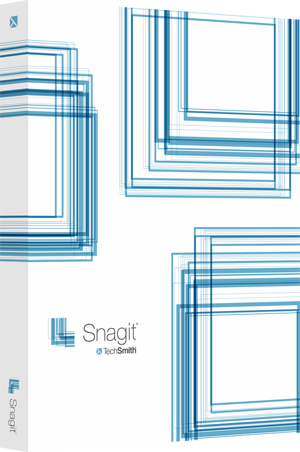
Over the past two decades, TechSmith has built their entire business around making screen sharing easy and convenient – they are THE experts. Snagit is Techsmith’s first and oldest product with version 1 being released 19 years ago. This past May, Snagit 10 was released and TechSmith proved once again that taking and editing screenshots like a pro can be easy and fast, even for those items that used to be difficult to capture.
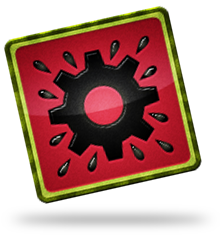
A couple of weeks ago at Adobe MAX, Research In Motion announced that Flash and its cousin Adobe AIR would be first class citizens on its upcoming tablet, BlackBerry PlayBook. In fact, several of the default media applications to ship on the tablet are written using AIR.
Of course, this is exciting because we can use familiar technologies to create applications. Even though AIR is a runtime on top of the operating system, I’ve seen quotes to the effect of “AIR and Flash are embedded through and through, all the way to the silicon.” This should bring a performance boost between the hardware and AIR apps.
With being able to create AIR apps for PlayBook, we need tools. Of course Adobe offers a nice selection with Flash Professional, Flash Catalyst and Flash Builder, but one of the great things about Flash content creation is that you’re not limited to only the Adobe applications. The Flex SDK, which includes much of the same functionality as the Adobe applications, is available at no charge from Adobe Open Source. Everything you need to create Flash applications is in the package. Add your favorite editor and you’re ready to write ActionScript or MXML applications for both AIR and the Flash Player plugin.

I’ll write more about it later, but as you can see, studio|chris is sporting a new look and a new logo. This has been in the works since February of this year between client work, so it is time to get it out there. Those of you visiting in Internet Explorer or Opera may see some visual glitches, but I’m working to get those ironed out.
For now, enjoy!
Chris

I’ve never taken such a perfect shot, ever. And I probably won’t ever again.
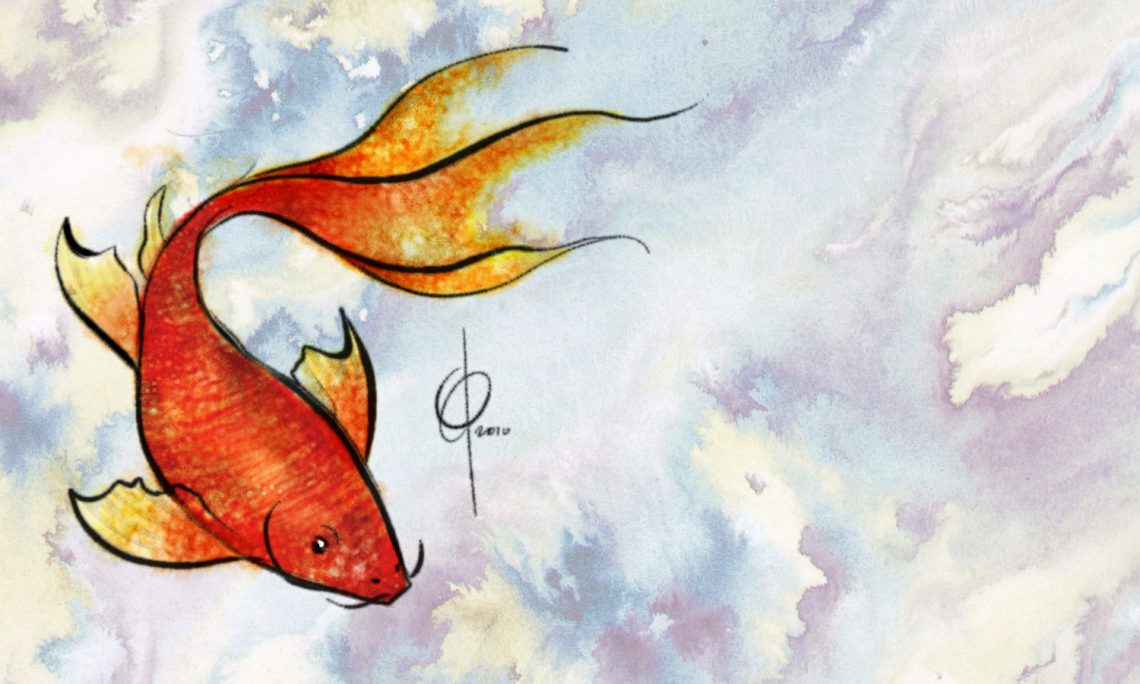
This koi painting is the result of more experimentation with the sumi-e style. It combines the watercolor brushes available in Corel® Painter™ with a texture created by floating calligraphy inks on paper.
The koi itself shows some of the texture effects that can be created by laying down a base coat of Painter’s watercolor and then manipulating it with clear water and wet erasers also available in Painter.
The watercolor brushes in Painter are somewhat difficult to use because color builds very quickly while painting with them. The difficulty is worth it though.
These brushes are unmatched in the way they move and spread with the underlying canvas.
Unlike traditional watercolor, Painter’s watercolor also stays wet until the user decides to dry it. The wet paint particles can be further manipulated, mixed and moved with various erasers and other brushes to create texture that would be difficult to achieve any other way.
